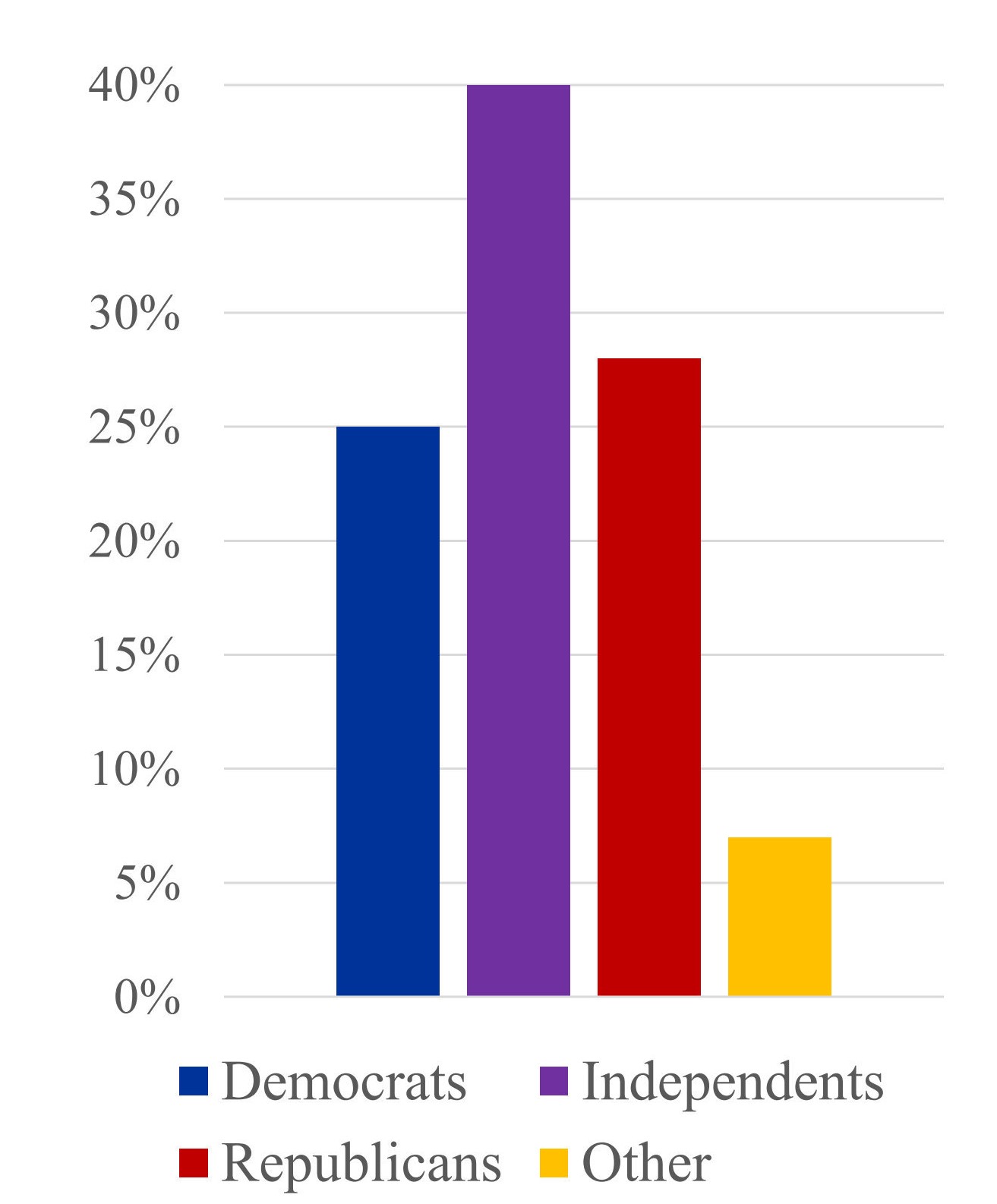
Last week, we asked and answered the most critical question to the success of CommonSense American: Can we get people to join?
The answer was yes. It still is.
As it turns out, there is a greater hunger among everyday citizens to work across political divisions to identify and champion practical policy solutions than we knew.
The rate at which our membership is growing continues to exceed our expectations.
We started a digital marketing campaign on January 12th. In the last 3 weeks, we’ve had members join at an average rate of 23 each day.
We’ve also turned our attention to the second most critical question: Will these members be representative of the geographical and political diversity of our country?
Again, the answer is yes.
A glance at our membership map shows that CommonSense Americans cross geographical divides. Our first 600 members are spread across 46 states and the District of Columbia. In 24 of these 46 states, we already have at least ten members. We truly stretch from sea to shining sea.
An analysis of our members’ party affiliations reveals we are just as politically diverse.
The Party Affiliations of the First 600 CommonSense Americans
Among the first 600 members, CommonSense American has 148 Democrats, 241 independents, 171 Republicans, and 40 members who identify as “other,” including members of the Green, Libertarian, and Constitution parties as well as a few who “vote as I believe.”
In percentage terms, this means that our organization is currently made up of 25% Democrats, 40% independents, 29% Republicans, and 7% who identify with other political parties or prefer to carry no label at all.

CommonSense American can only succeed if we do what we say we’ll do: Bring everyday Americans together across the lines that divide us.
Having a mix of Democrats, Republicans, and independents is mission critical. So is having a mix of members from across the country.
An analysis of our first 600 members shows that’s exactly what we have.

